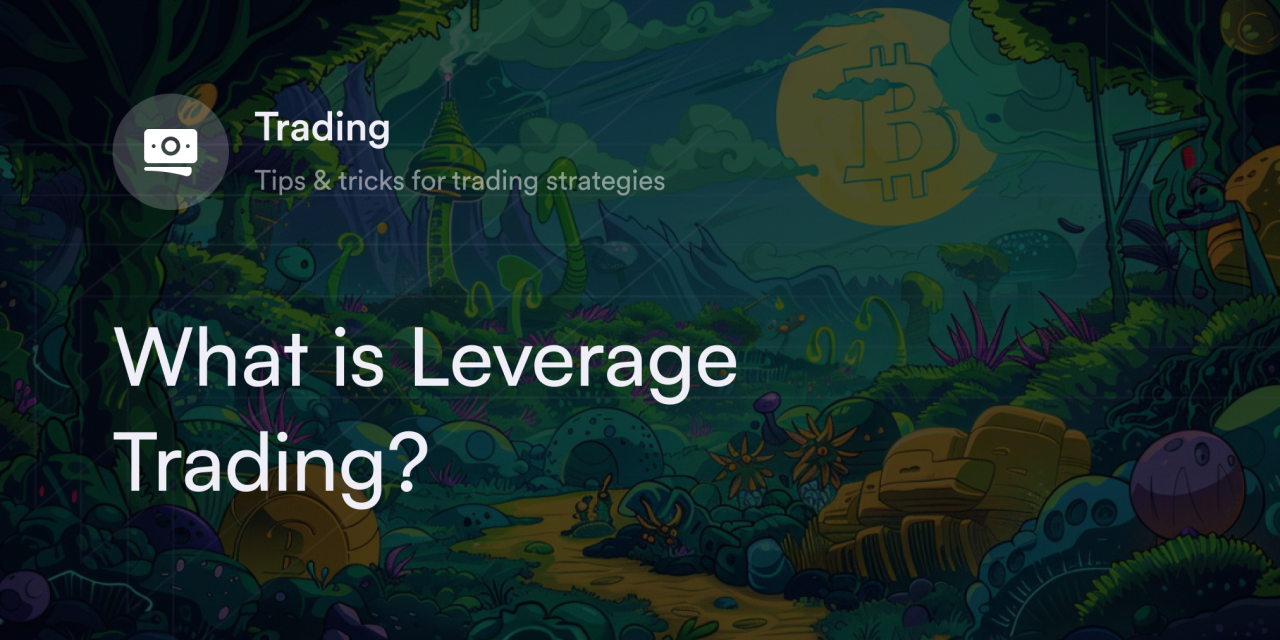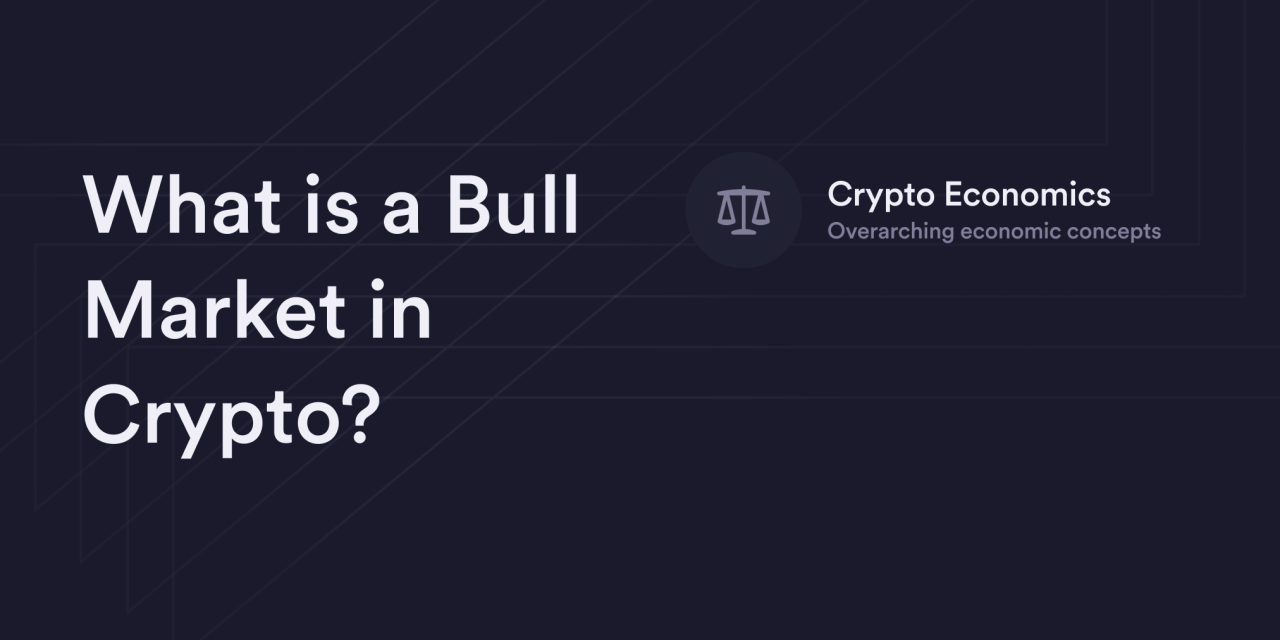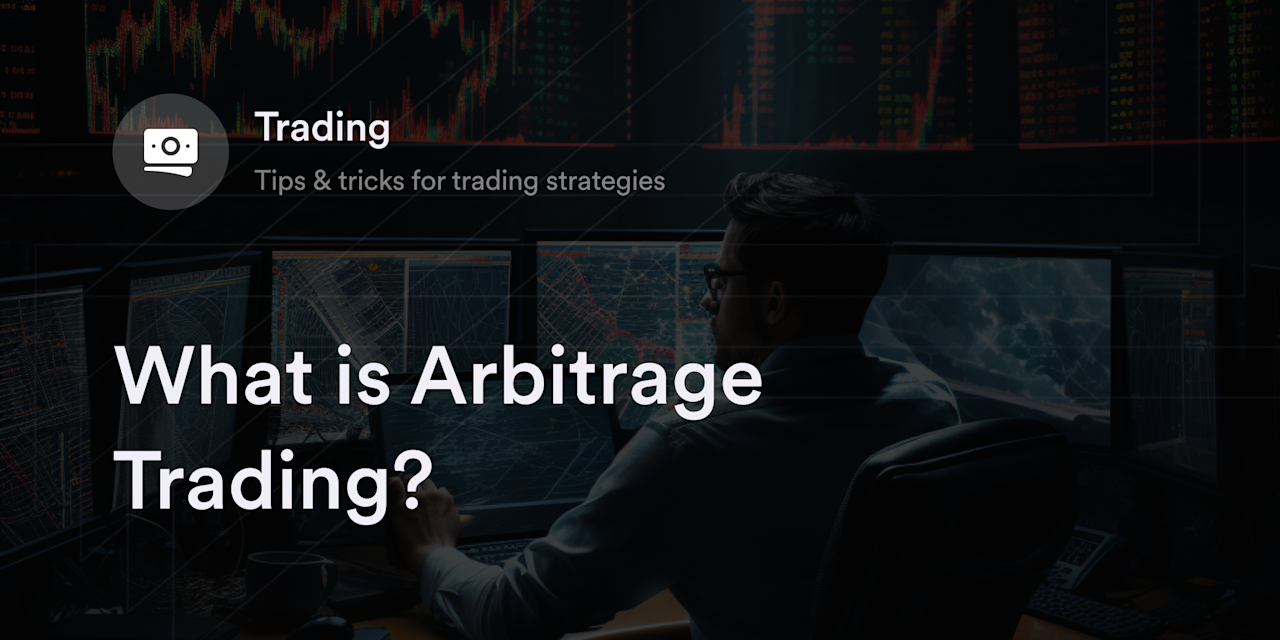


Leverage trading existed in traditional trading long before Bitcoin arrived in 2009, but it’s become increasingly prevalent in the cryptocurrency community. In fact, several exchanges now offer easy access to leverage positions for a wide array of digital assets. With a small initial deposit, traders can use this strategy to dramatically increase their portfolio’s size in seconds.
Although leverage has many benefits, it also comes with significant risks. Anyone considering opening a leverage trading position should learn what it is and how to protect their assets/trade responsibly.
What is Leverage Trading?
In traditional financial markets, using “leverage” means “borrowing funds.” In derivative financial markets, using leverage means putting up only a small portion of the value of a contract to obtain full exposure. However, unlike with traditional financial markets and products no third party is putting up the balance of the value so there is no deemed borrowing; the leverage comes from the terms of the product.
While not every exchange offers leverage services, traders use this strategy with every conceivable tradeable asset. If a brokerage allows for using leverage, it’s possible to open leveraged positions with traditional assets or cryptocurrencies.
To open a leverage position, a person must first deposit funds to access a trading platform that offers this type of trading. The amount a trader puts into their account or into a smart contract is called the “initial margin,” which determines how much additional money they can access.
Each exchange has an upper limit on how much leverage they issue to traders. For example, dYdX offers up to 20x leverage—in other words, the maximum leverage a trader can access from dYdX products is 20 times their initial margin deposit. So, if an eligible trader deposits $1,000 in a dYdX account, they could have a leveraged position of up to $20,000.
Leverage also increases a trader’s exposure to market fluctuations (depending on the amount of accessed funds they take on). In the above example, a trader using 20x leverage on a $1,000 position would multiply their gains and losses by 20. In simple terms, if the price of Bitcoin (BTC) goes up by $1 in the crypto market, the trader would see a $20 gain in the leveraged account. On the other hand, if the price dips by $1, the account is on the hook for a $20 loss.
Another crucial element of leverage trading is “liquidation,” which happens when an exchange closes a leveraged account and claims the initial margin. Just as exchanges have an upper limit on their leverage, they have a minimum margin percentage traders must maintain in their accounts at all times. This “maintenance margin” is the lowest amount a trader’s funds can fall to before an exchange liquidates (sells off) the funds in an account. For example, dYdX has a 3% maintenance margin requirement for any eligible traders taking out a leveraged Bitcoin perpetuals contract. If a trader has less than 3% of the total accessed funds in their margin trading account, they lose the initial margin.
What Is a “Margin Call?”
To reduce the risk of liquidation, some exchanges issue “margin calls” whenever a trader’s account falls below the required maintenance margin. While some exchanges will notify the trader of this occurrence, liquidations are automatic on the dYdX platform as this feature is built into the smart contract. In this scenario, a trader has two options to preserve their initial capital. First, they could deposit more money to their account to return their margin above the minimum requirement. Alternatively, if the trader doesn't have the funds to increase their margin deposit, they face liquidation and the loss of their initial margin as a result.
An Example of Leverage on dYdX
To better illustrate how leverage works, let’s run through a real-world example.
Say an eligible trader wishes to open a leveraged Ethereum (ETH) position on dYdX. Currently, dYdX’s exchange offers up to 20x leverage on ETH perpetuals contracts, which exposes the trader to ETH’s price without requiring them to actually hold Ethereum. With a perpetual contract, they can speculate on the price they expect ETH to rise or fall to without worrying about an expiration date. In addition to 20x leverage, all ETH perpetual contracts have a minimum margin requirement of 3%.
The eligible trader links a compatible crypto wallet to dYdX’s decentralized exchange to make an initial deposit into a smart contract. Next, they deposit the Ethereum-based stablecoin USDC or any other ERC-20 token into the a smart contract on the blockchain and locate the ETH-USD pair to initiate a trade.
The trader deposits $10,000 into their account. With 20x leverage, they can bring their balance on the smart contract up to $200,000. While this increases the potential for profits, it conversely increases the potential for significant losses. If they believe ETH’s price will rise, they can enter a “long” perpetual contract. If they suspect ETH will fall, they can open “short” perpetuals.
The trader enters a long ETH perpetual contract with 2x leverage, which brings their balance to $20,000. When ETH’s market price rises or falls by 1%, the trader’s position moves by 2%. While the leveraged trader can close an ETH position at any time, they must ensure their margin balance exceeds 3% of the total accessed funds. If the trader fails to close a position when their margin trades below this 3% threshold, the smart contract will liquidate their position.
Why Use Leverage as a Trading Strategy?
Given all the risks and requirements associated with leverage, some may wonder why traders bother with leveraged trading accounts. Although this type of trading isn’t for the risk-averse, it offers advanced traders more options and flexibility in the cryptocurrency market.
Here are some potential benefits to using leverage as a trading strategy:
Greater potential for profits: The main draw of using leverage is accessing the potential for greater profit. If a cryptocurrency moves as a trader predicted, they earn far more money with a leveraged position than with just the initial margin (remember, because of the multiplying effect of leverage trading, there is a greater potential for loss as well).
Easy accessibility to capital: Leverage gives traders quick access to additional funds for their trading accounts. Even with a small starting position, traders can quickly increase their market position using this strategy.
Diversification: Whatever asset a trader leverages significantly impacts their portfolio’s composition. Suddenly, one cryptocurrency takes up a more substantial position in the trader’s holdings due to leverage’s multiplier effect. In this way, leverage helps traders add a diverse array of assets to their portfolios and manage the composition of their portfolios.
Option to open short positions: On some traditional cryptocurrency exchanges, traders can only buy assets and hope they increase in value. However, many leverage trading platforms make it possible to profit even when the market is declining. Advanced techniques like dYdX’s leveraged short perpetuals allow eligible traders to bet against a cryptocurrency if they feel it will fall.
What Are the Risks of Leverage Trading?
Leverage trading isn’t the right choice for every trader. Here are some downsides to using leverage as a trading strategy:
Potential for liquidation: With leverage, a cryptocurrency doesn’t need to fall to $0 for traders to lose everything. If a trader’s margin falls below the exchange’s minimum threshold, they must forfeit all of their cash to the exchange (unless they top up the account balance).
Increased volatility: “Volatility” is how fast and far an asset’s price tends to move. Cryptocurrencies are already considered extremely volatile assets, meaning they experience significant price movements in short timeframes. Adding leverage to a crypto position increases the volatility of a trade even further. Only traders who can stomach extreme price swings are right for leveraged positions.
Interest and fees: Some exchanges charge extra fees for using leverage, which eats into a trader’s profits. On some platforms, leveraged trades also cost additional commission fees for each transfer.
Potential for Greater Losses: Leverage traders could have their position closed out at a loss, potentially a substantial loss. As discussed above, losses will be magnified by the leverage above the amount of initial margin or the fact that the customer may be subject to a forced liquidation, potentially with substantial losses.
How to Trade with Leverage
Every exchange has unique procedures and regulations for leveraged trading, but the basic setup process is usually the same. Here’s how to leverage trade cryptocurrency:
Read the minimum margin requirements and maximum leverage positions offered on various exchanges.
Sign up for a cryptocurrency exchange that provides suitable leverage services for your trading strategy.
Deposit the initial margin into a trading account or smart contract.
Set up a trade for a cryptocurrency and select an amount of leverage you want to access, bearing in mind the commensurate potential losses.
Monitor the leveraged position to ensure it doesn’t fall below the maintenance margin requirement.
Close the position anytime, or add more funds to stay above the maintenance margin threshold.
How to Mitigate Risk when Leverage Trading
Since leverage is a high-risk technique, traders must set out exactly how much they’re willing to lose and what they’ll do if a trade doesn’t turn out in their favor. Skilled leverage traders keep a close eye on their maintenance requirements and constantly monitor the crypto market to avoid a margin call or automatic liquidation.
Leverage traders also frequently use automated sell orders for risk management, such as “stop losses.” A stop-loss order automatically closes a trader’s position at a predetermined price below the initial position. Leveraged traders often set stop losses to help avoid liquidation and/or significant losses. If a stop loss goes into effect, they lose money on a trade but don’t give up their entire assets. Users should be aware, however, that there is no assurance that these approaches will be successful in limiting losses.
Access Crypto Leverage Trading on dYdX
dYdX offers eligible users dozens of crypto perpetual contracts with access to between 1x and 20x leverage. We encourage you to read about the risk of incurring substantial losses by using leverage as a trade strategy explained above. Traders on dYdX also have access to advanced trading features such as limit orders, stop losses, and slippage tolerance levels to help manage their risk profile. To learn more about dYdX’s platform, check out our blog and visit our decentralized exchange.
Disclaimer
The content of this article (the “Article”) is provided for general informational purposes only. Reference to any specific strategy, technique, product, service, or entity does not constitute an endorsement or recommendation by dYdX Trading Inc., or any affiliate, agent, or representative thereof (“dYdX”). Use of strategies, techniques, products or services referenced in this Article may involve material risks, including the risk of financial losses arising from the volatility, operational loss, or nonconsensual liquidation of digital assets. The content of this Article does not constitute, and should not be considered, construed, or relied upon as, financial advice, legal advice, tax advice, investment advice, or advice of any other nature; and the content of this Article is not an offer, solicitation or call to action to make any investment, or purchase any crypto asset, of any kind. dYdX makes no representation, assurance or guarantee as to the accuracy, completeness, timeliness, suitability, or validity of any information in this Article or any third-party website that may be linked to it. You are solely responsible for conducting independent research, performing due diligence, and/or seeking advice from a professional advisor prior to taking any financial, tax, legal, or investment action.
You may only use the dYdX Services in compliance with the dYdX Terms of Use available here, including the geographic restrictions therein.
Any applicable sponsorship in connection with this Article will be disclosed, and any reference to a sponsor in this Article is for disclosure purposes, or informational in nature, and in any event is not a call to action to make an investment, acquire a service or product, or purchase crypto assets. This Article does not offer the purchase or sale of any financial instruments or related services.
By accessing this Article and taking any action in connection with the information contained in this Article, you agree that dYdX is not responsible, directly or indirectly, for any errors, omissions, or delays related to this Article, or any damage, injury, or loss incurred in connection with use of or reliance on the content of this Article, including any specific strategy, technique, product, service, or entity that may be referenced in the Article.







